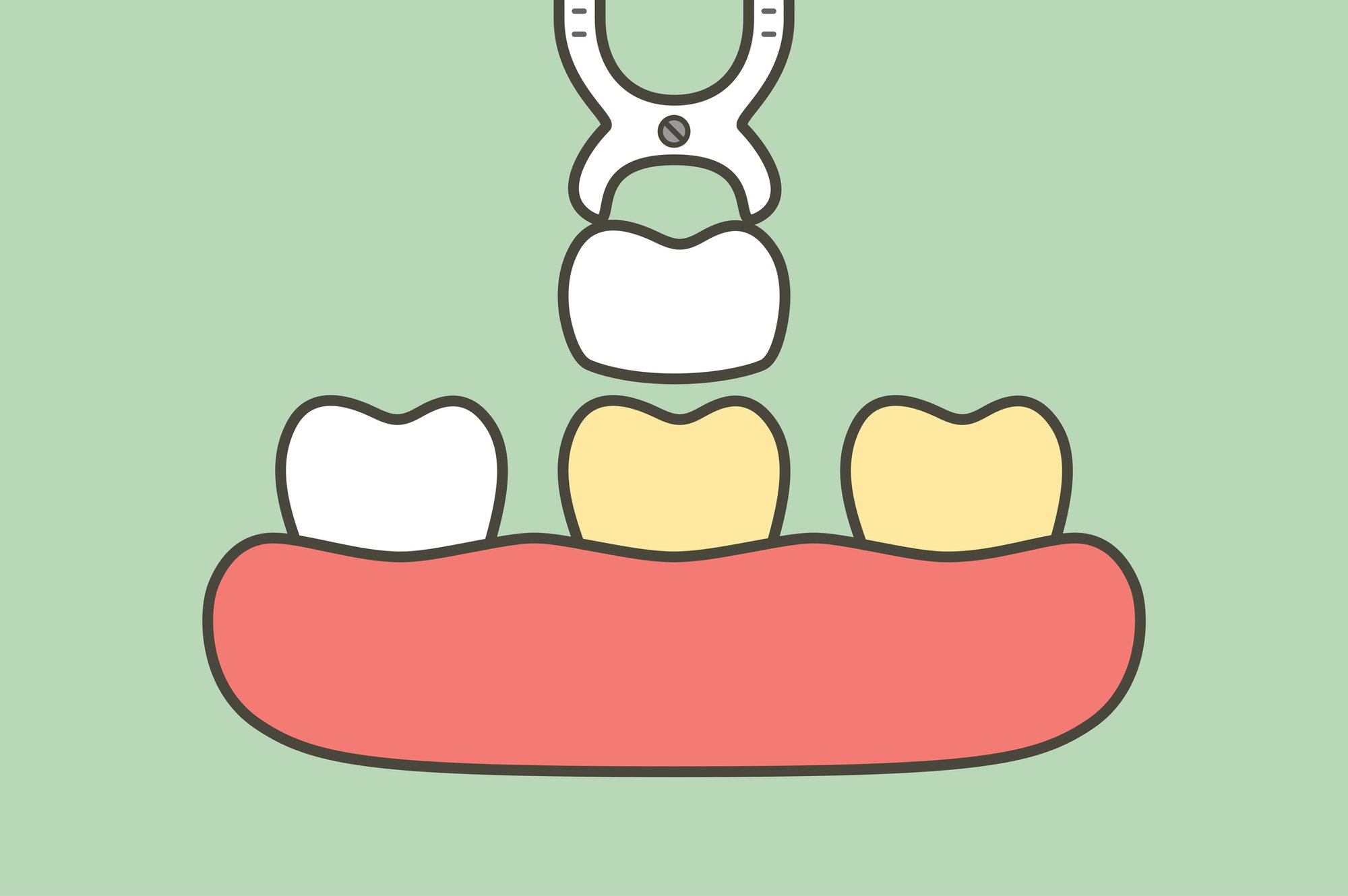When someone has a beautiful smile, you notice. When someone has a less beautiful smile…you tend to notice that too. If you are self-conscious about your smile, veneers or Invisalign may be truly life-changing.
If your teeth are not straight and even have small gaps, or you may hide your smile and keep your lips together instead of turning on the full light of your expression. Braces can give you the perfect teeth you always wanted, and they have come a long way since the full-on mouthpieces of the 1960s. Invisalign is a gentler, faster option for achieving perfectly straight teeth. However, this is dependent on the health and appearance of your teeth beyond not being straight.
Veneers are another alternative for a less than pristine smile. Rather than adjusting your teeth’ position, veneers are little shells to make your teeth look perfect, hiding discoloration, irregularities, or breakage.
Which one is right for you? Learn what makes veneers or Invisalign the better choice to get your perfect smile.
The Difference Between Veneers and Invisalign
The difference between veneers and Invisalign is essentially in the way they work, the way they are used, and the teeth they fix. They are totally different dental appliances.
Invisalign adjusts your existing teeth. It is a great option if your teeth are lovely aside from being crooked, gapped, or you have an overbite. Additionally, after 12-18 months, you are done with them (except for a retainer).
Veneers are probably more suitable if your teeth need more than just an alignment. If they are chipped, worn down, totally uneven in appearance, or discolored from medication or dental work, you may find it preferable to cover them up and present a shiny, new set of teeth with your smile. Veneers are a long term, bonded on, forever kind of solution (although you may have to have them replaced at some point.)
How Does Invisalign Work?
Invisalign is a dental alignment alternative to braces. They are clear trays (kind of like a mouth guard in appearance) that slip impermanently over your teeth and gradually change the alignment, although they work in about half the time of braces. You take them out to eat, brush, and floss, and they are more comfortable than braces.
Your dentist will take a 3D image of your teeth and create trays, which should be worn 20-22 hours of every day. Every two weeks for a year, you’ll change to a new retainer shape as you get closer to perfect alignment.
Once you reach that goal, you should usually wear a retainer (typically only at night, but your dentist will let you know what is best for you) to prevent your teeth from returning to their pre-straightened alignment.
Taking good care of your teeth is vital during the Invisalign process — not to mention afterward. Why put in all the time and money just to leave your teeth to get cavities or require extractions? While using the Invisalign trays, food and particles can cause cavities and require dental work.
How Do Veneers Work?
Veneers, alternatively, completely hide the teeth underneath. They may be made of resin or porcelain, although porcelain generally resists stains better and looks more natural. The shells are bonded to your existing teeth (whichever ones.
You can have a veneer attached to one tooth, or you might use it to change the appearance of several teeth. If you have perfectly straight teeth, but they are chipped, broken, or received very obvious and unattractive dental work, veneers can take advantage of your natural alignment while hiding the inconsistencies and imperfections.
Veneers take several appointments. First, you will discuss what you want to achieve.
Some of your teeth may need to be filed down or have the enamel trimmed.
Your dentist will take an X-ray and impression of your teeth and use it to make a set of hollow veneers. They can generally be made to match the color of the rest of your teeth, so you don’t have more problems than you started with. Once on, the veneer color cannot be changed; if you whiten your teeth after they are on, they will be a different color.
Your teeth will be cleaned and etched, so the veneers hold better. Although veneers should last for many years —at least seven, sometimes as long as fifteen years — they will eventually need to be replaced. Furthermore, they can get loose or even come off if you regularly put excessive pressure on them ( for example, chewing your nails or grinding your teeth).
Teeth prone to dental issues are not good candidates for veneers, as decay may still occur — it just happens under the veneer. Home oral hygiene practices are essential, as are regular dental checkups and cleanings.
Are Veneers or Invisalign More Cost-Effective?
Some insurance will pay for cosmetic types of dental work like Invisalign or veneers, but this depends on what kind of insurance you have and if your dentist or orthodontist determines they are necessary. Veneers specifically are rarely covered by insurance.
Veneers Price

The cost of veneers depends on where you live and how much work you need. The price is usually between $1,000 and $2,000 per tooth. A full set of veneers costs at least $28,000 and potentially upwards of $50,000.
Invisalign Price

Invisalign costs about the same as a set of braces — but some insurances will pay at least part of that cost. Invisalign prices are about $3,000-$7,000, although financing plans like CareCredit are available through some dentists.
For More Information
If you are ready to start finding “Invisalign near me” or “veneers near me,” Arkansas Family Dental can help! Whether you want veneers or Invisalign, our family dental practice is uniquely qualified to get a bright and beautiful smile you deserve. Contact us online or call 501-683-8886 to get started today!
